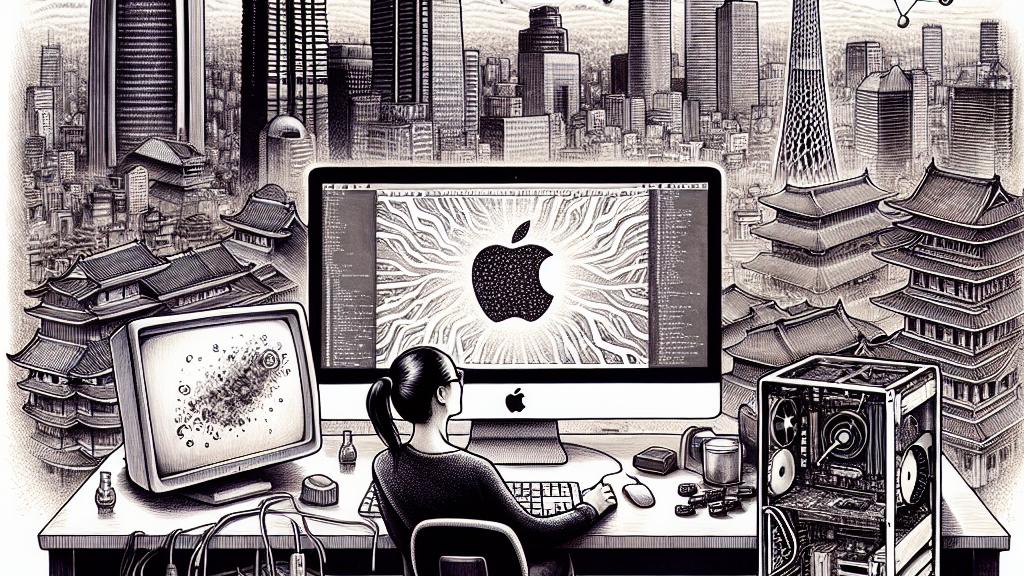Transitioning from Mac to Custom Linux PC
Overview
- Embark on an engaging programmer's journey as they transition from the familiar shores of macOS to the expansive realm of a self-built Linux PC.
- Explore the intricate process of crafting a personalized Linux desktop environment that caters to specific, evolving needs.
- Delve into the myriad advantages gained and eye-opening challenges encountered during this transformative tech journey.

The Catalyst for Change
In the heart of Japan’s dynamic tech scene, a programmer found themselves grappling with an important decision. After a decade of dependable service from macOS, their iMac, which had once been a solid partner, began to show signs of obsolescence—especially when TensorFlow announced it would no longer support x86 Macs. While the iMac had effectively handled programming and casual tasks, the growing demands of machine learning were drawing a hard line. Conversations in online forums only added fuel to the fire, provoking thoughts around future-proofing their work environment. Fueled by a passion for technology and a desire to build rather than buy, they set their sights on a custom Linux solution, eager to explore what innovation could hold.
Crafting the Perfect Setup
The transition into the realm of Linux, particularly the Ubuntu distribution, was not merely a switch; it became a journey filled with learning opportunities and unique challenges. The author relished the newfound freedom, diving headfirst into the customization of their digital workspace. For instance, the ease of installing and configuring open-source applications was refreshing compared to the complex hurdles previously faced on macOS. A standout moment was when they seamlessly compiled libraries from Google, a task that had once posed significant challenges. As they meticulously selected components—like opting for a GPU capable of handling intensive machine learning tasks—each choice was a stepping stone toward creating an optimized, efficient workhorse. This wasn't just about building a PC; it was a deep dive into tech craftsmanship, enhancing both knowledge and enjoyment.
Reflections on the Journey and Looking Ahead
One month into the Linux experience, the author reflected on a whirlwind of discoveries, marked by both triumphs and tribulations. On one hand, the sheer control that Linux affords is akin to opening a treasure chest of possibilities, empowering individuals to mold their environments. On the flip side, challenges emerged; the byte limitations for file names in Linux sparked frustration, particularly for those accustomed to languages with multi-byte characters, such as Japanese. However, this obstacle was a reminder of the essential balance between usability and performance. Ultimately, the experience was overwhelmingly positive, ushering in personal growth and the excitement of overcoming barriers. Looking to the future, the author is keen on exploring even more intricate possibilities, perhaps considering a foray into Arch Linux, continuing to innovate and expand their tech horizon with every step.

Loading...